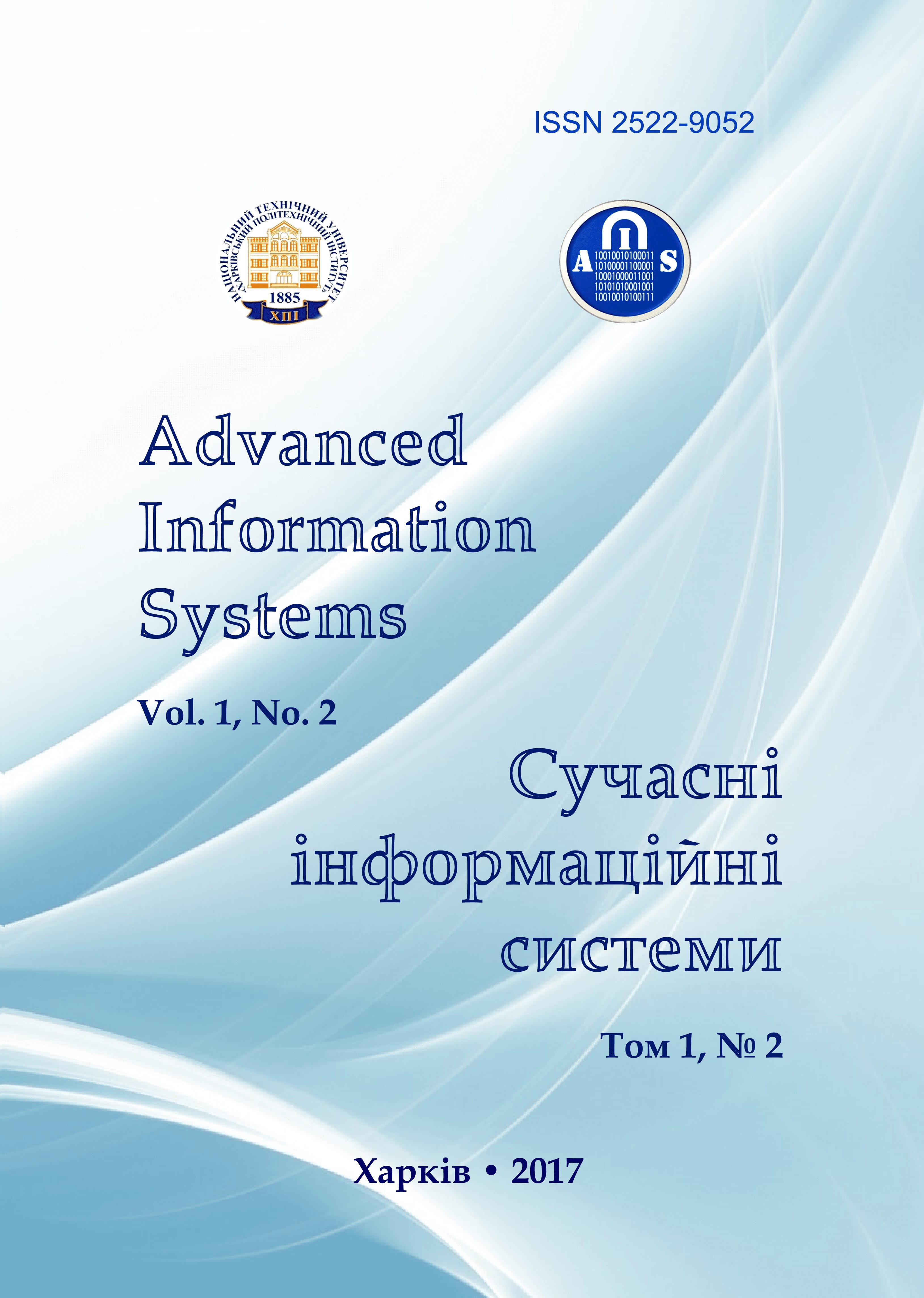Model of impact interferences on radiocommunication systems for special communications
Main Article Content
Abstract
on radiocommunication systems for special communications
Article Details
References
Minochkin, A.I. and Romanuk V.A. (2006), “Prospects for tactical communication systems”, IIІ Scientific-technical conference MІТІ, MITI NTUU“КPІ”. Kyiv, pp. 5-15.
Baranov, A.V. (2005), Development of analytical methods for performance evaluation of wireless local area networks based on protocol IEEE 802.11 : diss. cand. technical sciences, IPPI RАS, Moscow, 101 p.
Vishnevskiy, V.M. (2005), Broadband wireless networks of information transfer, Technosphere, Moscow, 592 p.
Vishnevskiy, V.M. and Lyhov, A.I. (2000), “Assessment of wireless network performance under interference conditions”, Automation and remote control, No. 12, pp. 87-103.
Vishnevskiy, V.M. and Lyhov, A.I. (2001), “Assessment of wireless network performance under interference conditions”, Automation and remote control, No. 8, pp. 81-96.
Baydakov, M.N. (2013), “Analytical model of the wireless local communication network with distributed control”, Science and military security, No. 2, pp. 34-39.
Paliy, A.I. (1989), Electronic warfare, Military edition, 1989, 350 p.
Zhodzishskiy, U.I. (1989), “Comparison of radio links with broadband signals at the maximum guaranteed noise immunity”, Radiotechnics, No. 1. pp. 3-5.
Chudnov, A.M. (1989), Noise immunity of lines and communication networks in terms of optimized noise, under ed. A.P. Rodimova, VAC, Leningrad, 84 p.
Putilin, A.N. (1998), Radio systems with multiple accesses, under ed. A. M. Chudnova, VAC, St. Petersburg, 148 p.
Clark, George and Keyn, George (1987), Encoding with error correction in digital communication systems, Radio and communication, Moscow, 392 p.
Fink, L.M. (1970), Theory of transmission of discrete messages, Soviet radio, Moscow, 762 p.
Viterbi, A.D. and Omura, George K. (1982), “Principles of digital communication and coding”, under ed. K. Sh. Zigangirova, Radio and communication, Moscow, 536 p.
Frenke, L. (1974), Theory of signals, Soviet radio, Moscow, 344 p.
Burachenko, D.L. (1974), Noise immunity radio system with phase modulation, VAC, Leningrad, 146 p.
Jeruchim, М.С., Balaban, P. and Shanmugan, K.S. (2002), Simulation of communication system, Kluwer Academic Publishers, New York, Boston, Dordrecht, London, Moscow, 907 p.
Babkov, V.U. and Tsikin, I.A. (2011), Cellular mobile radio system : tutorial, Publishing house Polytechnic university, St. Petersburg, 426 p.
Channel Models for Fixed Wireless Applications,(2003), IEEE 802.16 Broadband Wireless Access Working Group, IEEE 802.16a – 03/01.
